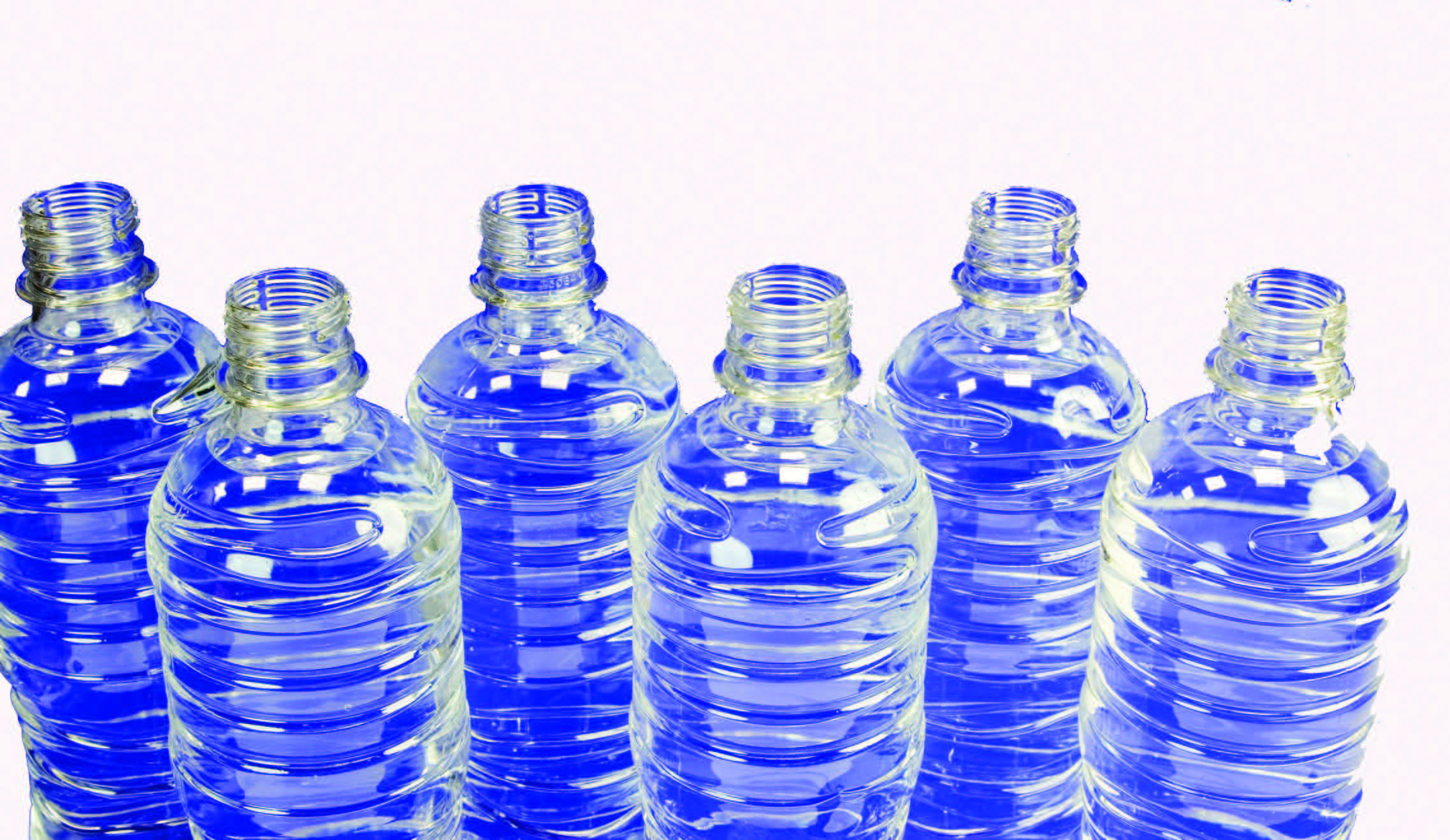Jon Ritz, N.D.
We have all grown used to seeing the term “BPA-Free,” right? We seem to think that if a water bottle or baby food container says “BPA-Free,” then we are safe. Unfortunately, this is not necessarily the case.
Bisphenol, a Toxic Plasticizer
Consumers have become aware of the dangers of Bisphenol-A (BPA) in our plastic food and drink containers. BPA is a chemical compound that is used in many plastics to keep them from becoming too brittle. It’s cheap, it’s everywhere, and it’s a potent toxin. BPA disrupts our endocrine system. In layman’s terms, it messes up our hormones and our blood stream. We have known that it acts as an estrogen for a long time. In fact, it was actually used in the 1930′s to fatten-up livestock and as an estrogen-replacement therapy, before we learned how very toxic it is.
Here are a few examples of the damage Bisphenol can cause:
-
Heart Disease: A study in England showed that the oxidative damage from BPA damages the lining of our blood vessels. Men with the highest levels of BPA in their urine had a 10% higher risk of heart disease.
-
Intestinal Damage: A French animal study, using only one-tenth the level of BPA previously deemed safe for humans, found that BPA caused the lining of the intestines to fail. This leads to the development of leaky gut, which leads to a whole host of problems.
-
Infertility and Reproductive Problems: Another animal study found that low doses of BPA impaired development of the egg cell involved during ovulation. BPA is an estrogen mimetic, meaning it binds to estrogen receptors in the body, causing a decrease in other important hormones like progesterone.
- Erectile Dysfunction: A study in China on men with high exposure to BPA in the workplace found that they were four times more likely to have erectile issues and seven times more likely to have ejaculation issues. The BPA exposure was fifty times more than the average exposure in the U.S., but it shows that the chemical has a negative effect on male reproduction.
-
Diabetes: BPA is linked to metabolic disorder, obesity, and diabetes. BPA causes an increase in insulin production from beta cells in the pancreas. High insulin levels impair the body’s ability to break down fat.
-
Behavioral Problems in Children: Recent studies found that children exposed to BPA from their baby bottles were more aggressive and hyperactive. BPA has been found in umbilical cord blood of newborns, meaning that a mother’s exposure to BPA can be passed to the child even before he or she is born.
Sounds like we should keep BPA out of the plastics we use in food, right? Although the United States and Canada have banned BPA in baby bottles, only Canada has listed the chemical as a toxin. It looks like we have a ways to go before its use is more restricted.
The Bait and Switch: BPA has an Evil Twin—BPS.
According to Dr. Joseph Mercola, an Illinois osteopathic physician and New York Times best-selling author, “[T]here’s also Bisphenol AB and AF, Bisphenol B and BP, Bisphenol C, Bisphenol E, F, G, M, S, P, PH, TMC and, yes, there’s even a Bisphenol Z. Any one of these can be in your BPA-free baby bottle or sippy cup, unfortunately.”
What Should We Do with This Information?
It looks like our plastic food containers and drinking bottles are laden with a virtual alphabet soup of chemicals. We may never know what’s in them, and if they’re safe. Take a precautionary principle to reduce your exposure: don’t heat anything in plastic, don’t put acidic foods in plastic, and use glass, ceramic, or stainless steel whenever possible. Be informed, and understand that when something says “free,” it means you’re definitely paying for something else.
About ProNatural Physicians Group
